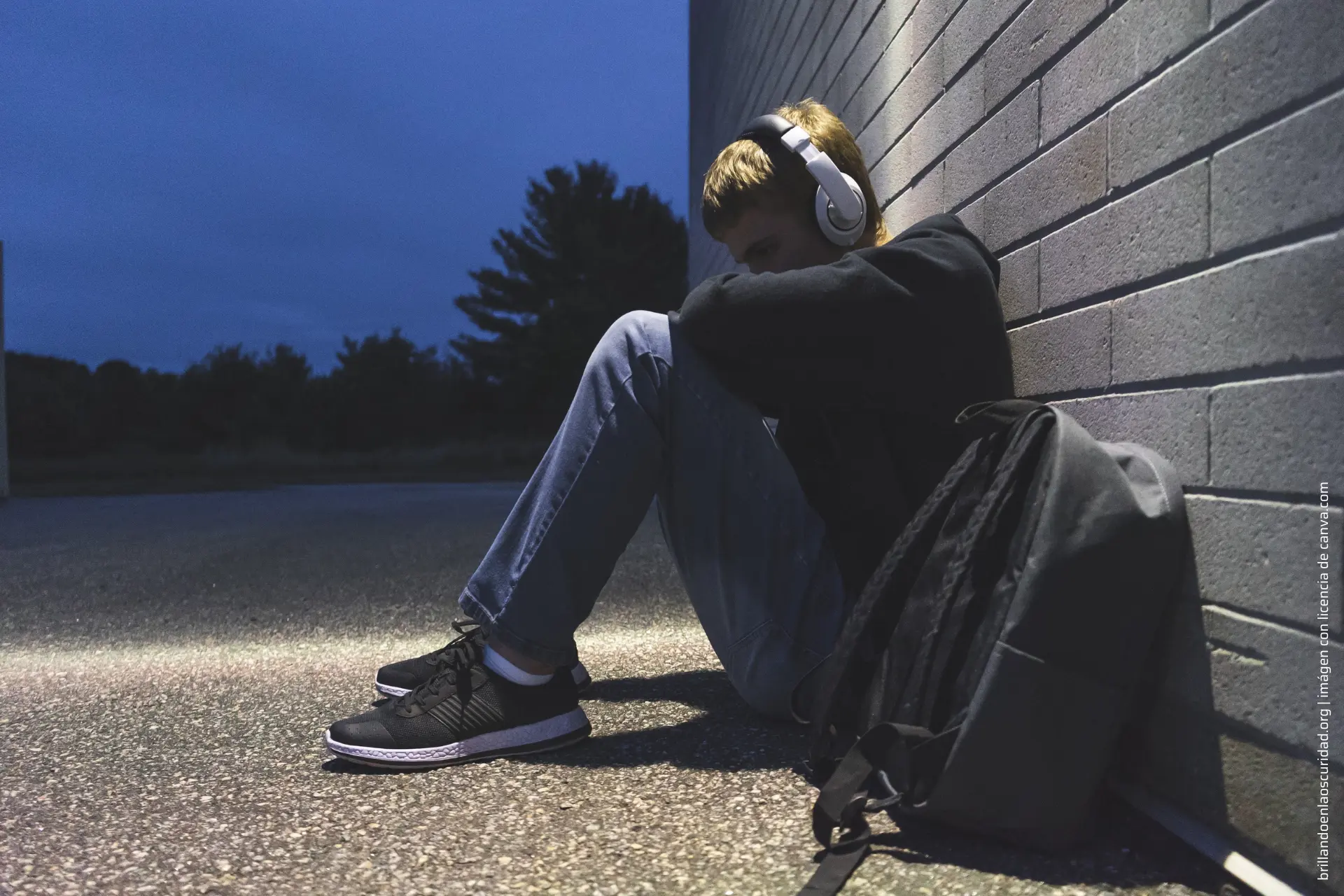In universities around the world, thousands of students struggle daily with mental disorders, facing not only their personal challenges but also a less visible but equally challenging battle: discrimination and stigma.
Although the mental health debate has gained ground in recent years, many university students continue to suffer in silence, fearful of the social and academic repercussions they could face by speaking openly about their mental health.
Stigma and mental health in college
The stigma associated with mental disorders in the college environment can be overwhelming. This stigma manifests itself in a variety of ways, from tacit rejection to a lack of institutional support to widespread ignorance about how to support those suffering from these conditions.
Forms of stigma on campus
- Interpersonal stigma
Includes negative attitudes from peers and professors that can lead to social or academic exclusion. - Structural stigma
Lack of adequate policies that support mental health or difficulties in accessibility to help resources.
Many college students continue to suffer in silence, fearful of the social and academic repercussions they may face.
Impact of stigma on academic life.
The fear of being labeled and discriminated against can lead many students to hide their struggles, often resulting in impaired academic performance and failure to seek specialized help.
Statistics worldwide and in Spain
Globally, studies indicate that approximately 20% of university students experience mental health problems each year. In Spain, recent studies show that up to 30% of university students have reported suffering from some mental disorder, with anxiety and depression being the most common.
Testimonials from affected students
To better understand this phenomenon, it is essential to listen to the voices of students who live this reality on a daily basis.
Personal stories of struggle and resilience
- “The double shift”: Studying while managing a mental disorder.
- “Breaking the Silence”: Students who decided to speak out.
These stories not only illuminate the difficulties they face, but also show the strength and resilience of these young people.
University strategies for inclusion
Although the road is long, some universities are implementing programs and strategies to combat stigma and better support students with mental disorders.
Support programs
- Counseling and psychological services on campus.
- Student support groups and awareness events
Proposals to improve inclusion
- Mental health training for faculty, staff and administrators
- Creation of more flexible policies for academic accommodations
Published success programs
Initiatives such as the “Ulifeline” program, which offers online resources to students at several U.S. universities, have proven to be effective. In Spain, the University of Granada has been a pioneer with its research programs and psychoeducational interventions to improve student mental health.
Books and studies on stigma
Books such as “The Stigma of Mental Illness” by Corrigan explore how stigma affects individuals in educational settings. Studies such as the “National College Health Assessment” provide valuable data on the prevalence of mental disorders on college campuses.
Recognized professionals in the field
Professionals such as Kay Redfield Jamison and Patrick Corrigan have published numerous papers on mental health in higher education, offering enriching perspectives on how to address stigma.
Their published works are available in academic databases such as PubMed or JSTOR.
- Kay Redfield Jamison
Author and psychologist known for her work on bipolar disorder and its cultural and medical perception. - Patrick Corrigan
Known for his extensive research on psychiatric stigma.
Websites on the topic
Sites such as NAMI (National Alliance on Mental Illness), Active Minds and The Jed Foundation are crucial resources for students, educators and professionals.
- NAMI (National Alliance on Mental Illness)
Provides extensive resources on various mental health conditions. - Active Minds and The Jed Foundation
Focus on young adult and student mental health, offering programs, resources and advocacy.
Key resources and supports for students
It is crucial for students to know what resources are available and how to access them.
Where to find help in college
- Student health centers
- Wellness programs and stress management workshops
Workshops designed to teach stress reduction techniques, such as mindfulness and time management. Example: workshops offered by Stanford University to its students.
Online resources and virtual communities
- Support platforms and discussion forums
- Recommended wellness and meditation applications
Call to action: breaking the cycle of stigma
How universities can lead change
- Invest in mental health education and resources
Include counseling services, wellness programs, and mental health apps such as Headspace or Calm.
- Promote a culture of openness and acceptance
What students and the community can do
- Participate in awareness campaigns
Initiatives such as “Mental Health Week” that seek to educate and eliminate prejudices associated with mental health. A prominent example is the “Time to Change” campaign. - Foster a supportive environment among peers
Impact of the Universitas XXI International Foundation
Universitas XXI International Foundation has implemented programs in more than 20 countries, improving policies at universities and creating safer educational environments.
Universitas XXI International Foundation plays a crucial role in addressing issues of discrimination and stigma in university settings. Through its commitment to extending education and culture to groups at risk of exclusion, the foundation not only promotes educational access, but also actively works to dismantle social barriers and prejudices that can affect students.
In addition, by fostering a network of collaboration between educational and cultural institutions, the Universitas XXI International Foundation ensures greater awareness and understanding. This network facilitates the exchange of best practices and effective strategies to integrate and support students in an inclusive manner, fostering a more welcoming and empathetic academic environment.
Finally, the foundation stands out for its support of initiatives that promote student well-being, such as workshops and educational programs. This approach not only improves the educational experience of affected students, but also raises the overall quality of education, making it more inclusive and accessible to all, regardless of their personal challenges.





